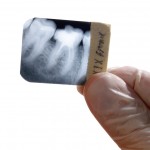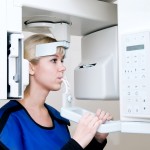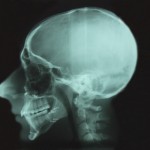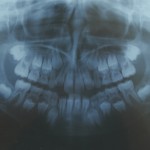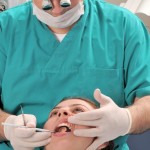
This comparative analysis of 5 Cochrane caries diagnostic test accuracy studies provides summary estimates for most currently available technologies. However the certainty of the evidence is considered low and it is difficult to predict real world performance.
[read the full story...]